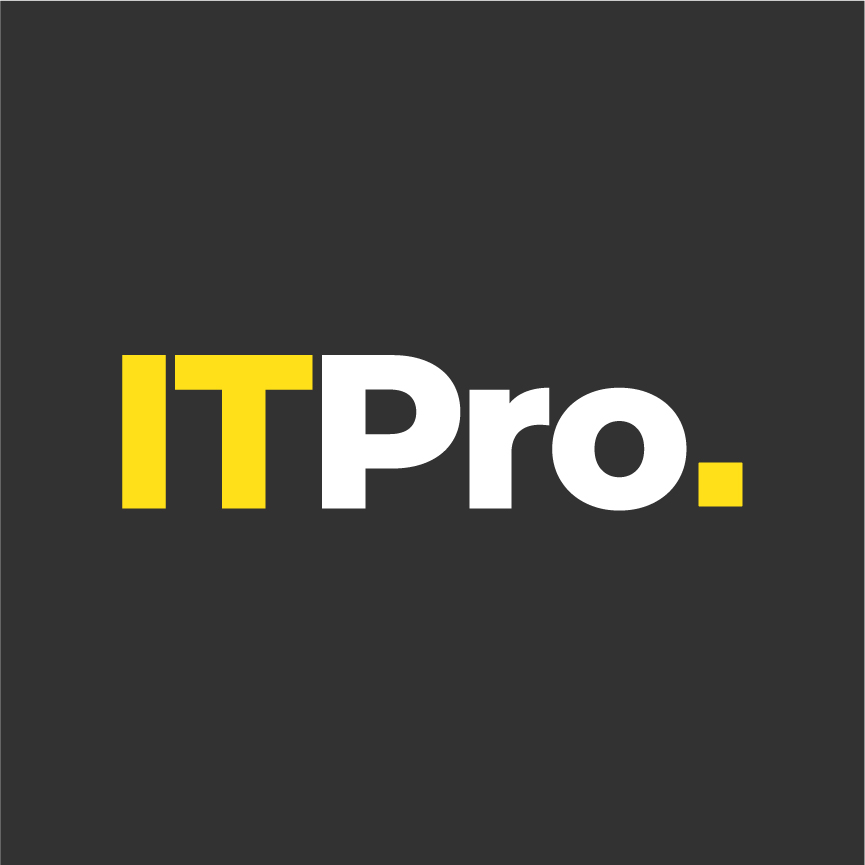Bill Gates biography: Salary and career history of Microsoft's co-founder
The lowdown on Bill Gates' salary, net worth, education and career history
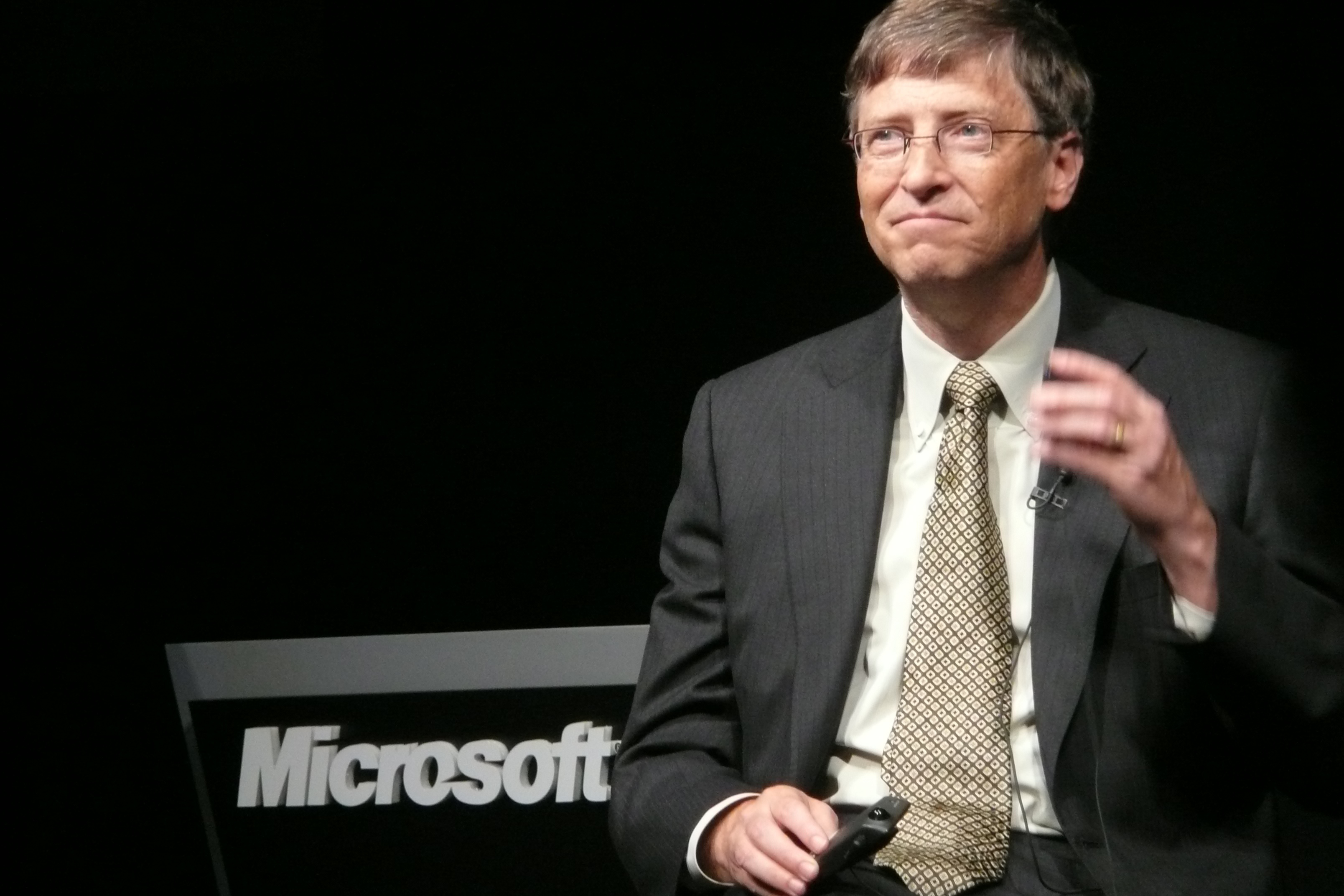
Bill Gates is one of most recognisable names in the tech world and has been instrumental driving the sector forward. Anyone who has ever used a computer is guaranteed to have come into contact with software created by Microsoft.
After re-claiming his spot as the world's richest man in 2014, and returning to an active role at the company he co-founded, we take a look back at his career and achievements.
Full name: William Henry "Bill" Gates III
Date of birth: 28 October, 1955
Nationality: US
Net worth: $79.2 billion (June 2014)
Salary: If you take into account tax and drill down his earnings, Gates makes over $100 per second.
Get the ITPro daily newsletter
Sign up today and you will receive a free copy of our Future Focus 2025 report - the leading guidance on AI, cybersecurity and other IT challenges as per 700+ senior executives
Education: With an IQ of 160, Gates is classified as a genius. It's not a surprise to find out he scored 1590 out of 1600 in his college SATs. He dropped out of Harvard University aged 20 and returned over 30 years later to be awarded an honorary Doctor of Laws degree in 2007.
Best known for: Being the co-founder of Microsoft and the richest man in the world. Gates is also a philanthropist and is known for his charitable work in Africa, particularly his efforts to eradicate diseases such as Polio.
Current role: Technology advisor on the Microsoft board.
Career history: Gates broke into the tech world by writing a BASIC program for the Altair computer system in partnership with his friend Paul Allen.
He dropped out of Harvard to set up a company called Microsoft (originally Micro-Soft) with Allen in 1975.
At age 23, Gates spearheaded Microsoft and the company grossed $2.5million in 1978.
Microsoft's progress to tech giant began in 1980 when IBM was looking for software to use on its forthcoming Personal Computer (PC) system.
This article was originally published on 06/03/2014 and has been updated multiple times (most recently on 13/11/14).
Gates purchased software for $50,000 and adapted it to run on IBM's hardware. Known as MS-DOS, IBM attempted to buy the source code, but Gates refused. Being a savvy businessman he asked IBM to pay a licensing fee for every PC which was going to use the software. This allowed the firm to license software to any PC manufacturer, and the revenue model is still used today.
In 1985, Gates and Microsoft launched its first operating system with a graphical user interface (GUI). Known as Windows it came to market nearly two years after being announced.
In 1986, Microsoft went public with an initial public offering (IPO) of $21 per share. In 1987, Gates became a billionaire when the share price increased to over $90 per share.
The Microsoft Office product suite was released in 1989 and under Gates' tenure the Windows operating system was refreshed every couple of years.
Gates stepped down from the day-to-day operations in 2000. He handed over the reigns to college friend and 20 year Microsoft veteran Steve Ballmer.
He remained chairman of the board but he began to focus more on his charitable work with the Bill and Melinda Gates Foundation.
In 2006, Gates revealed he would be leaving Microsoft to focus on his charity work full-time. His last full day at Microsoft was on 27 June 2008.
Gates made the announcement that he would be stepping down as Microsoft chairman and move into a new position as technology adviser in February 2014.
Interesting fact: Gates was arrested in Albuquerque in 1977 for running a red light and driving without a license. It spawned quite the mugshot.
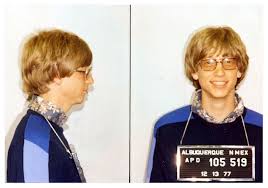
ITPro is a global business technology website providing the latest news, analysis, and business insight for IT decision-makers. Whether it's cyber security, cloud computing, IT infrastructure, or business strategy, we aim to equip leaders with the data they need to make informed IT investments.
For regular updates delivered to your inbox and social feeds, be sure to sign up to our daily newsletter and follow on us LinkedIn and Twitter.
-
 Bigger salaries, more burnout: Is the CISO role in crisis?
Bigger salaries, more burnout: Is the CISO role in crisis?In-depth CISOs are more stressed than ever before – but why is this and what can be done?
By Kate O'Flaherty Published
-
 Cheap cyber crime kits can be bought on the dark web for less than $25
Cheap cyber crime kits can be bought on the dark web for less than $25News Research from NordVPN shows phishing kits are now widely available on the dark web and via messaging apps like Telegram, and are often selling for less than $25.
By Emma Woollacott Published
-
 CyberCX appoints Phil Mason as new UK CEO
CyberCX appoints Phil Mason as new UK CEONews Industry veteran will lead CyberCX’s growth efforts in the UK
By Daniel Todd Published
-
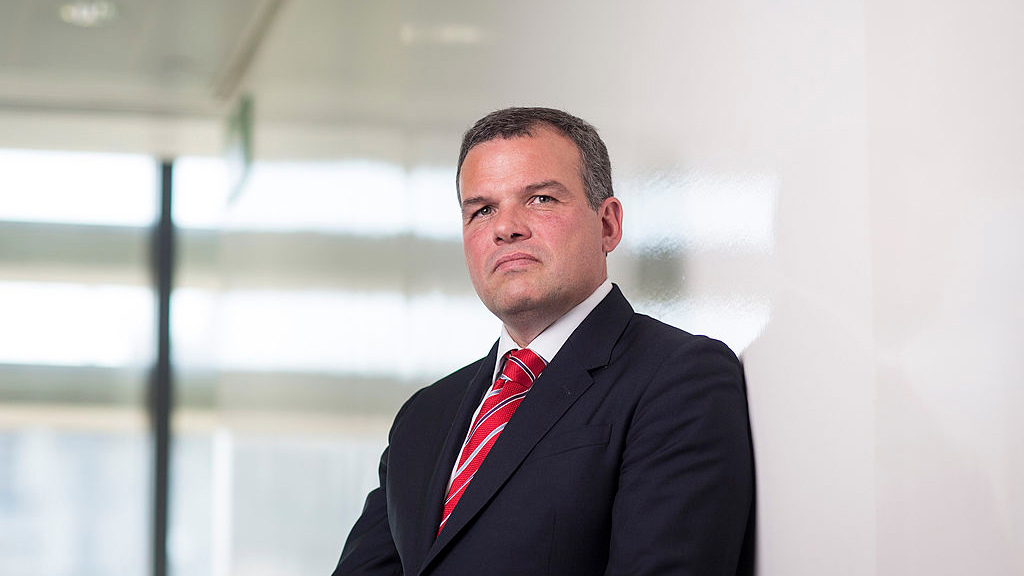 WANdisco's CEO and CFO resign amid ongoing fraud investigations
WANdisco's CEO and CFO resign amid ongoing fraud investigationsNews The data firm is left with a heavily depleted leadership team with only one executive director remaining
By Rory Bathgate Published
-
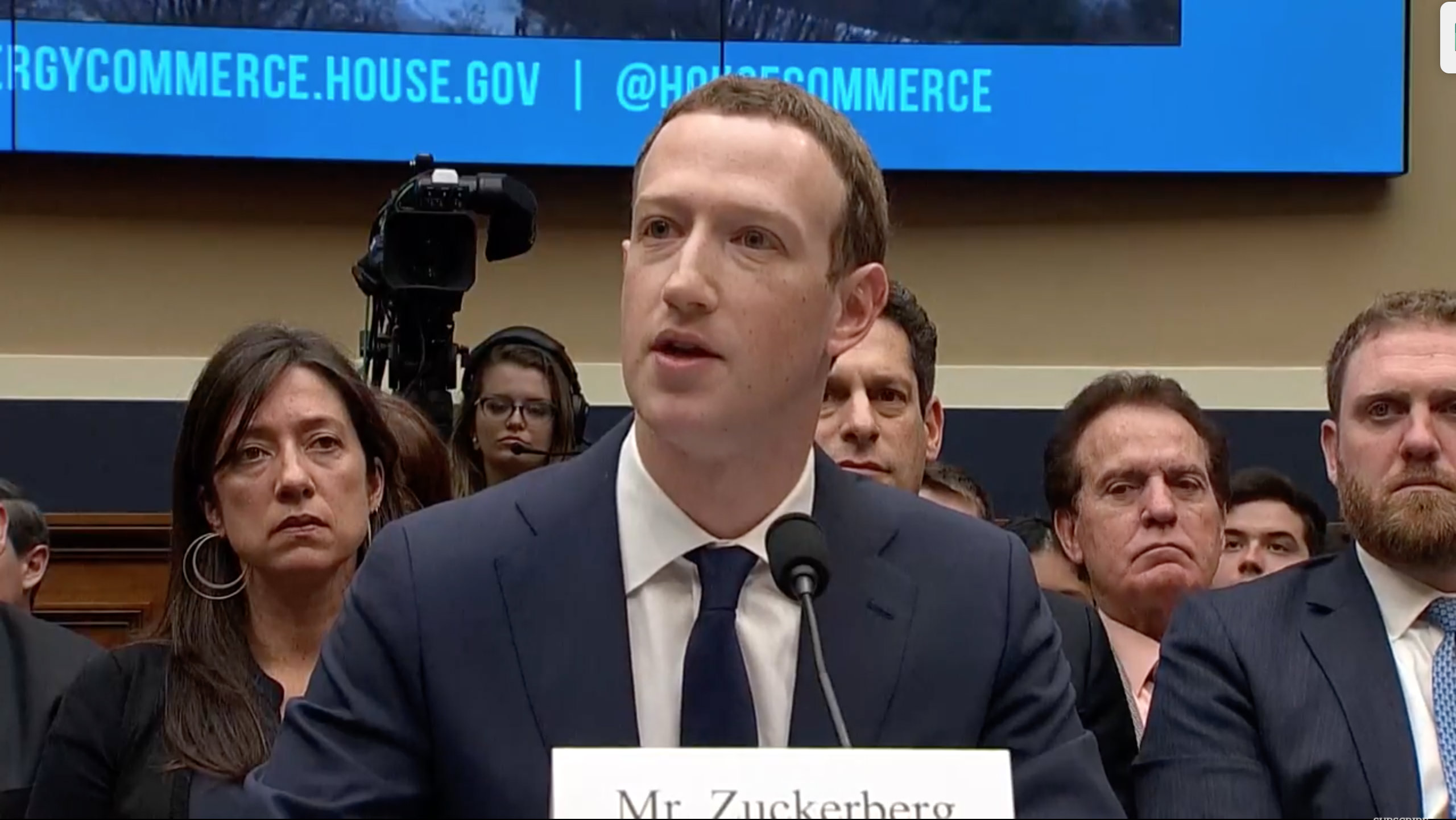 Stop worshipping CEOs – tech is a team sport
Stop worshipping CEOs – tech is a team sportOpinion Tech leaders are showing themselves for who they are, and it shouldn’t come as a surprise
By Nicole Kobie Published
-
 Checkmarx appoints Sandeep Johri as its new CEO
Checkmarx appoints Sandeep Johri as its new CEONews Experienced Silicon Valley executive will lead the applications security provider into its next phase of growth
By Daniel Todd Published
-
 Trustmarque hires NTT Data’s UK lead as its new CEO
Trustmarque hires NTT Data’s UK lead as its new CEONews Simon Williams will lead the IT solutions and services provider into its next phase of growth
By Daniel Todd Published
-
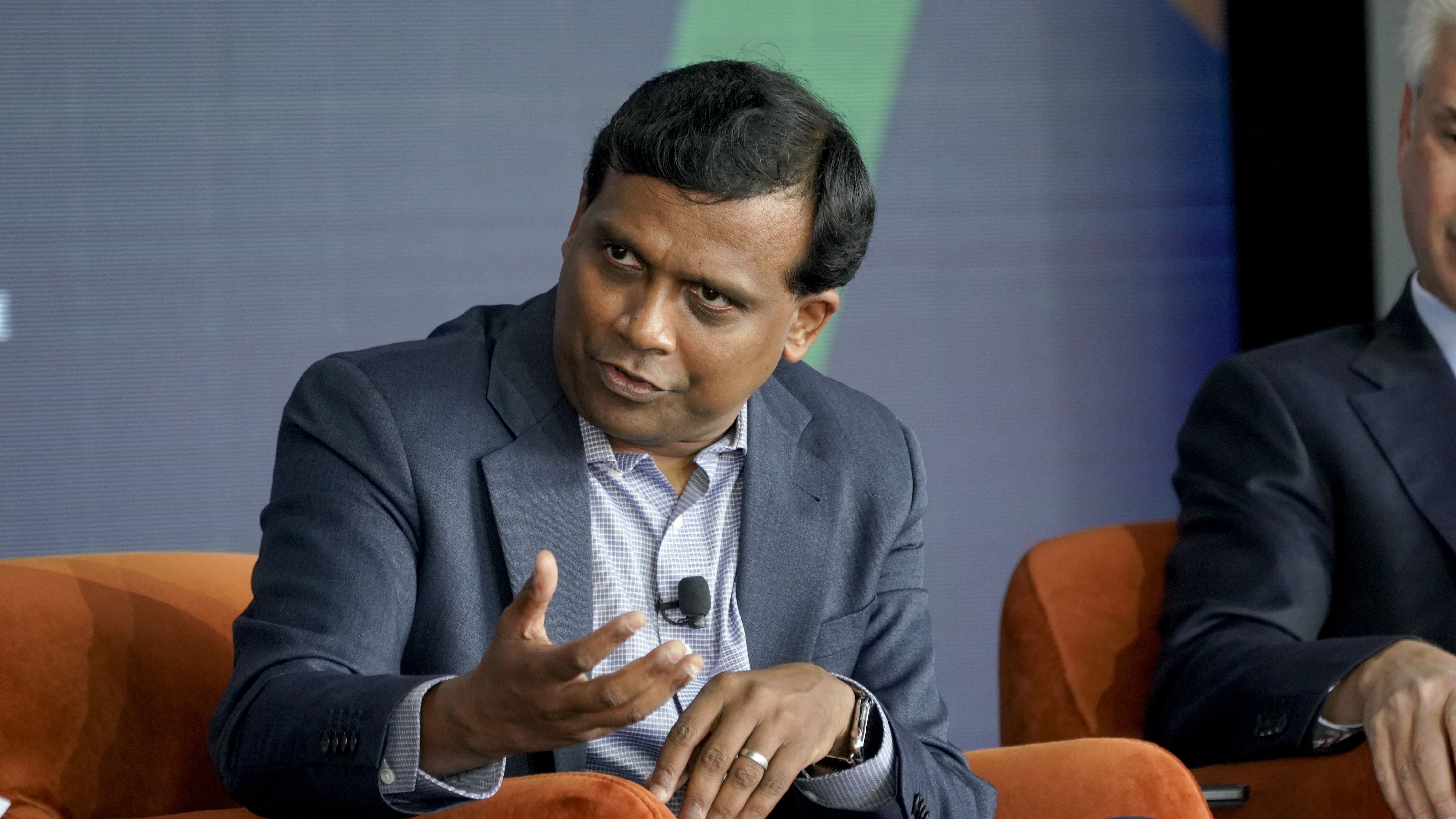 Cognizant appoints former Infosys president Ravi Kumar as CEO
Cognizant appoints former Infosys president Ravi Kumar as CEONews The executive brings more than 20 years of experience in the consulting, process, and technology transformation space
By Daniel Todd Published
-
 What tech investors can learn from three under-fire CEOs
What tech investors can learn from three under-fire CEOsAnalysis With clear lessons to learn from the high-profile cases of Autonomy, Theranos, and Wirecard, investors should tread carefully in future
By Rois Ni Thuama Published
-
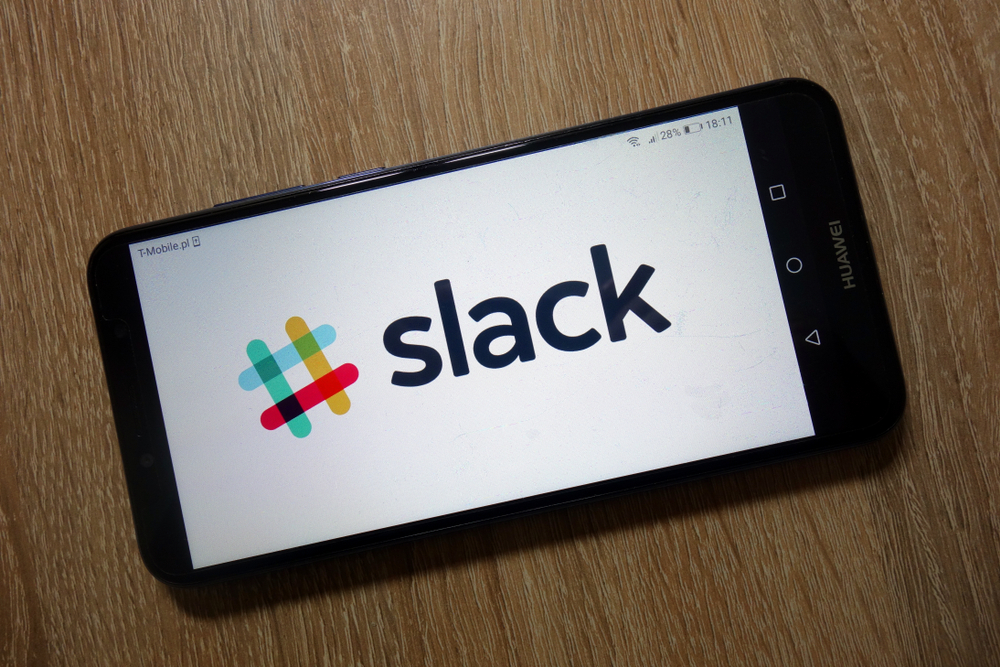 Another Salesforce leader departs, will replace outbound Slack CEO
Another Salesforce leader departs, will replace outbound Slack CEONews Slack's CEO and co-founder Stewart Butterfield also announced the departure of two other executives, but said the timing was purely coincidental
By Zach Marzouk Published
